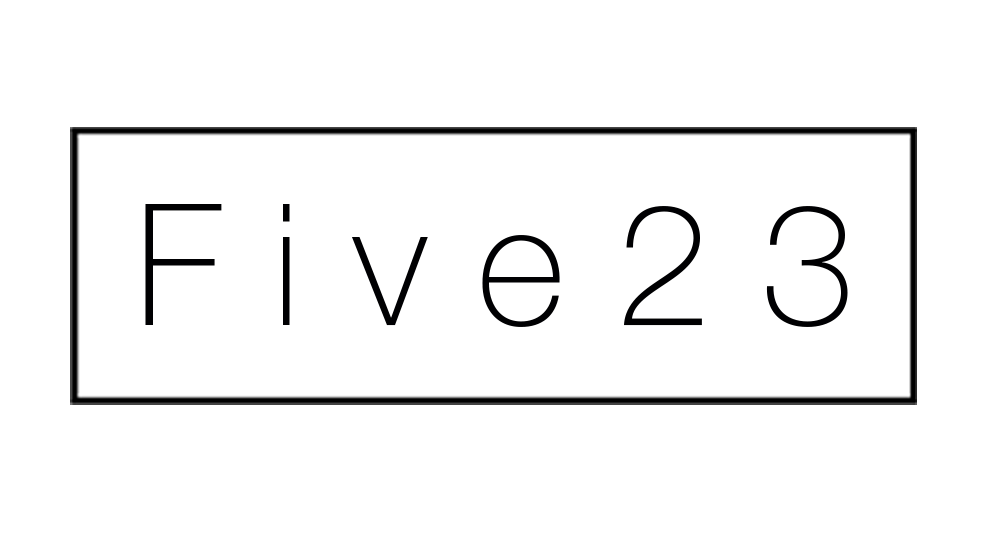
25 Sep Startup Financial Forecasting (How to Guide)
Starting a Financial Forecast
Many entrepreneurs struggle to put together the financial forecast for their businesses. However, understanding your business’ financial outlook is a critical component to making sound strategic business decisions; building relationships with potential team members, suppliers and investors; and relieving stress by planning for and managing peaks and valleys in cash flow.
A financial forecast serves as a guide for building any type of business. It can help a startup entrepreneur set goals and evaluate the viability of a business idea. It can also help established business owners and leaders gauge the financial health of their companies, measure progress and identify new investment opportunities. A well-designed financial forecast should align with the company’s mission and vision, and serve as a representation of the business’ values. On top of this, the best financial forecasts are those which can scale with your business.
With that in mind, we’ve compiled a step by step guide to help you through the emotional and practical aspects of getting started on financial forecasting for your business.
Understand Your Relationship with Money
I’ve seen a lot of entrepreneurs get stuck right at the beginning of financial forecasting with the word “money”. It brings up all sorts of perceptions about what money is and can do for us (or to us). Fundamentally, money is a currency; an exchange of value. Your experiences, assumptions, and habits with money can help or hurt the flow of value to you and your business. The process of financial forecasting puts you face-to-face with any limiting beliefs and habits that hurt that flow of value. So, it’s important to work on acknowledging and releasing what’s holding you back.
Gather Financial History
If you’ve been operating your business or spending money on startup costs, you have financial information to get started from. Take some time to go through your computer and physical files to gather documents related to your past business income and expenses. Check for files in your accounting system, spreadsheets, bank and credit card statements, and receipts. Organize this data in a place where you can access it as you work on your forecast. Typically, spreadsheets are the best location for this exercise, we like Google Sheets.
Get Your Business Plan
Often, it’s common to see entrepreneurs who have gone through the process of planning and writing their business plans, but when they get to the financial forecasting, they get so caught up in being overwhelmed that they forget they already have a plan to start from. In your business plan, you’ve created a story of how you want the business to unfold over the next few years. Your goal in developing a financial forecast is to support that story by translating the business plan narrative into numbers. So, it’s important that you have your business plan by your side and refer to it often as you work on the numbers. And, if you don’t have a business plan, now is a good time to go through the process of creating one.
Start with Expenses
It’s easier to start with forecasting expenses, rather than sales – you have a lot more control over what resources you spend money on and when you spend money on them. First, write or type out a list of expenses. If you have them, use your bank and credit card statements to identify resources you are currently spending money on. Then go through your business plan, and identify resources you plan to spend money on and the timeframe you plan to start paying them; such as next month or next year. Don’t get hung up on specific names of those resources; describe what you think you need in a way that you can understand it (e.g. office, I.T., etc.). Next to each expense item identify: its cost; how frequently you expect to pay it, such as when you produce the product monthly; and whether it’s a variable expense that fluctuates directly with sales of your product or service, or whether it’s fixed regardless of sales volume. You can get this data from the bank or credit card statements you’ve gathered up if you have them; or by researching online, asking for vendor quotes, and talking to people who have started similar businesses. Once you have a complete list, you can start plugging numbers into a spreadsheet ─ creating an expense forecast.
Identify Factors Affecting Revenue
Forecasting revenue is usually the most difficult part of creating a financial forecast. Many of the entrepreneurs Five23 works with compare creating revenue projections with looking into a crystal ball. They say it feels like they are making up numbers. However, forecasting revenue is really about making a series of logical assumptions about what you plan to sell and how you plan to sell it. As you created your business plan, you should have done a lot of research on who your customer is, what they need, where they find information, what their buying patterns are, and how many potential customers are in your market. You also should have looked at how your product or service can deliver value to those potential customers. Through this market research, you have identified many critical factors that drive your revenue.
Five23 has also determined the average growth of startups year over year is roughly 162%. Keep this in mind as you are creating your calculations.
Clarify Revenue Streams
The most important assumptions in your revenue forecast are the revenue streams. These are what the customer is paying for, how much they are paying for it, and over what time period they are paying for it. Before you start forecasting revenue, take the time to write or type out this information for each product or service you are selling or plan to sell. This information determines the formulas you will use to calculate revenue for each product or service.
Determine Customer Acquisition Cost
To start putting numbers to your revenue streams, it’s helpful to understand the concept of customer acquisition cost. This is the cost of marketing and sales activities that are needed to “acquire” a customer. Making assumptions around customer acquisition cost will enable you to tie your marketing and sales plans to your revenue forecast. If you have been operating a business, you may be able to start by looking at historical data, dividing total marketing and sales costs by the number of new customers acquired, and then making some assumptions around improved efficiency over time. If your business is in true startup mode, you can research online or ask people who have started similar businesses what their customer acquisition costs looked like. Try to develop assumptions around customer acquisition cost for each product or service you are forecasting – this may mean you need to go back to your expense forecast and break down marketing and sales expenses by product and service as well. Once you have these assumptions, you can go back to your spreadsheet and build your revenue forecast.
Balance Scale, Impact & Resources
Once you have developed a full financial forecast with both expenses and revenue, it’s time to look at how everything ties together and see if it looks reasonable. Look at the month-to-month and year-to-year revenue growth. Does the revenue growth reflect realism over the next few years? Look at the changes in the margins. Does spending reflect the growth plans? Look at the components of the spending on an individual level. Does resource allocation align with the business’ mission, vision and values? You may need to go back and adjust the forecast and/or your business plan to balance scale, impact, and resource allocation. And don’t worry if everything doesn’t align the first time around. Keep tweaking your models until you find a realistic and attainable balance.
Frequently Review Your Assumptions
Now that you have a financial forecast, don’t let it become static. Financial forecasting is not something you should do and then forget about it. In your numbers, you set forth assumptions about how you will operate the business and what level of financial performance you expect to achieve from those operations. As you operate the business under your plan, you get data that allows you to see how close actual results come to what you planned. If you regularly review this information and use it to keep your business plan and financial forecast up to date, you will be in a better position to make informed strategic decisions about your business development. This will give you key points to hit as your business grows, and goals to creating a successful business.

